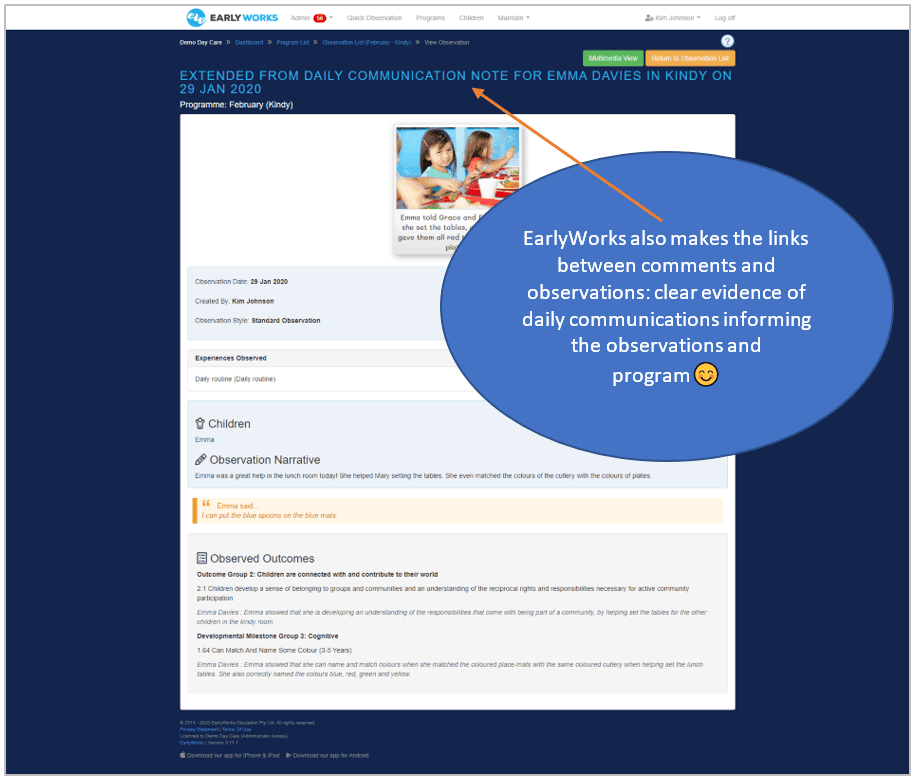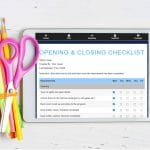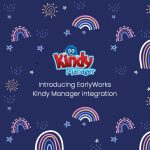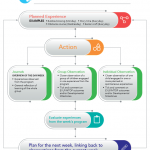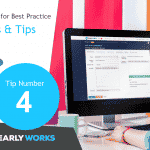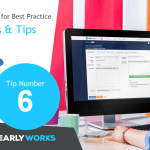Make Mealtimes Meaningful
Striving for Best Practice – Tip Five
This is the fifth in the EarlyWorks’ Striving for Best Practice blog series.
Tip Number Five – Make Mealtimes Meaningful
When we think mealtimes, it’s no surprise that the first things that come to mind are delivering a healthy and balanced menu, and ensuring the children eat it. In ACECQA’s I Hear You blog, Rhonda Livingston puts it out there that there is more to mealtimes than food; she believes mealtimes can also shape children’s learning and development.
Tip # five is all about not only making the most of the learning that can happen during mealtimes but ensuring that learning is documented in the program.
A WORD OF WARNING: For this to happen, we might need to take a deep breath, slow down, and ask ourselves if our current eating environment is conducive to learning.
- Eat with the children. A lovely way to ensure ‘respectful and equitable relationships are maintained with each child.’ (5.1)
- Encourage and model conversation with and between children (EYLF Outcome 5: Children are Effective Communicators).
- Initiate conversations about the different traditions families enjoy around food: fish and chip Fridays, waffles on weekends (EYLF Outcome 2.1: Children respond to diversity with respect).
- Explore cultural differences by initiating conversations about different foods children enjoy at home (1.1.2 Each child’s current knowledge, strengths, ideas, culture, abilities and interests are the foundation of the program).
- Use mealtimes to reinforce and extend learning: notice the different colours of foods, count how many pieces of fruit there are, match colours of utensils to placemats, notice beginning sounds of foods, use adjectives to describe tastes, textures and smells… (1.1.3 All aspects of the program, including routines, are organised in ways that maximise opportunities for each child’s learning).
- Involve children in setting the tables, making placemats, choosing lunchtime music, picking flowers for the tables… (1.2.3 Each child’s agency is promoted, enabling them to make choices and decisions that influence their world).
How can all this rich learning be documented in EarlyWorks?
- Very easily, with the click of the green extend button😊. While you are noting the portion sizes in Daily Communications, use the individual notes to share little anecdotes with families. Then any of these anecdotes can be turned into observations that inform the program. It’s that easy!




